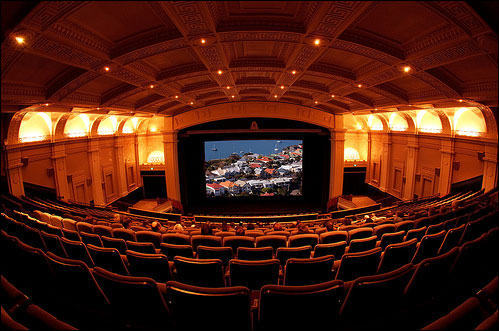I chose to blog about dramatic elements, more specifically narrative as I have always been fond of game storylines, I wanted to explore why I am fond of digital game narrative ad compare it to other media. I remember narrative of digital games in the same way as people remember great film or novels. I wanted to explore the similarities and differences between digital game narrative and other media and put across how it can be as, if not more effective in some instances. My interests in digital games lead me to discover and think more about innovative ways of portraying narrative within a dynamic system. “Fable 2” and "Assassin’s Creed 2” being some of my favourite games at the moment are great examples of pushing the boundaries of narrative within a digital and interactive system. These cutting edge games and my love of a good story pointed me in the direction of narrative and dramatic elements for my choice of blog.
I chose to write a blog format for several reasons: firstly, I have never written a blog before and it seems that modern digital games practitioners use them regularly. If I want to be part of the games industry, I should be trying to integrate myself within its traditions. And it was a good way to widen my digital shadow for any possible games developers considering my application. A blog also allowed me to work in a more segmented way, focusing on one thing at a time, rather than considering a linear argument or exploration of ideas as you may get from a research portfolio.
If I were to have done my blog again, I would have done it differently. I would have focused more on researching the two academic texts and used those thoughts and theories to structure the blog as an exploration of the ideas and concepts of the practitioners. As the blog stands at the moment, the posts are stand alone statements almost, with the only liking theme being parts of narrative. I am pleased that i was able to link a theory between the two academic texts however.
Despite not linking all of my blog posts directly to the two academic texts, I feel that the blog posts do explore aspects of narrative I find interesting and engendering. Therefore a likeminded reader may find the blog enjoyable. Reflectively it seems most of the games and other media I have compared and used as suggestions are quite modern, this may mean that it is contemporary and the points I have made may lose their impact over time, becoming less relevant. It also shows I have not paid enough attention to historical context, that project brief asked us to emphasise. I also did not manage my time correctly and subsequently, I have not posted all I stated I would do in my original rough outline of the blog. I feel they contain valuable subjects to be explored and I will continue to update the blog with the for-mentioned posts when I am next able to do so.
I stated my blog under the impression that because of the vast differences between viewing a media like a film and playing a digital game, there was little to learn from traditional story telling that could be relevant within a digital game format. My view changed from reading “Game Design Workshop” and “Games Telling stories?” by Jesper Juul. I discovered that narrative is a very important part of digital games and the best way to study something it to re-trace its source and find out what makes it popular or critically acclaimed, in the case of digital games, the souse was film, TV, theatre and novels. Once you can understand what makes them popular, you can then add in the elements specific to digital games like interactivity, rules and goals. Once you can master the successful integration between these elements and narrative, you have a solid game concept. I found this point particularly important as I aspire to be a games designer.
I created my blog in a very natural way. I blogged about thinks I instinctively wanted to research and write about. Therefore the posts include a lot of modern media I am familiar with and like. I did this as I felt I could add more to the blog if I already had a previous understanding of the subjects that were being investigated. Retrospectively, I should have chosen a wider array of subjects to cater for the ethical and historical issues that were meant to be explored. I started off by brainstorming narrative and looking through the notes I made during critical studies tutorials. Then I added a film of television show that would relate, support or argue the points that were being discussed. This seemed like the natural way to work at the time. But more attention should have been made on how the blog would read as a whole.
The blog has created a deeper understanding about narrative within the digital game world for me. However I am still finding myself asking questions about it. For example, looking at the technological advancements within digital games, and how narrative has been able to expand and evolve with it, what will the future hold for narrative within digital games? How immersive or interactive can it be? Jesper Juul states, “You can’t have narration and interactivity at the same”. I would be interested to see if that statement could be contested in the future.



